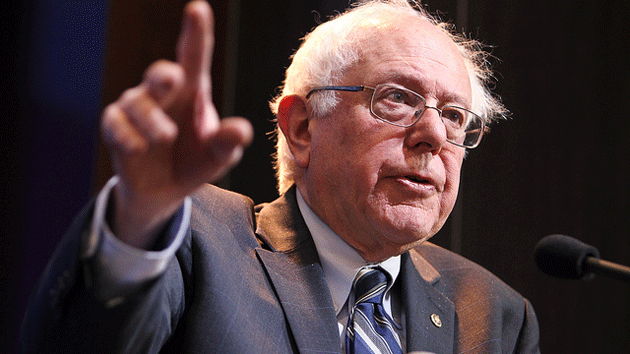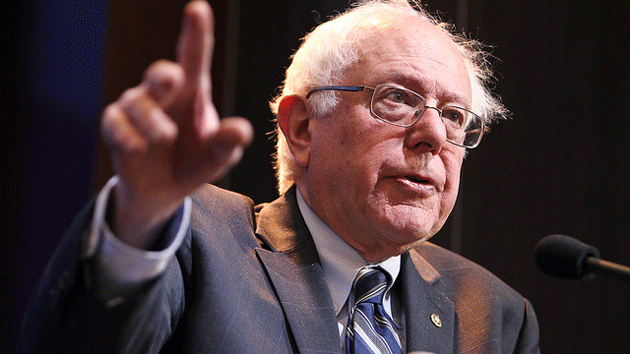Champaign County has the third highest levels of income inequality in the state, according to a March report by Reboot Illinois. In 2013, 22.3 percent of households in the county were earning less than $22,000 per year, putting them below the poverty line (this is higher than the statewide average of 14.1 percent). Meanwhile, the richest 5 percent of Illinois’ households have incomes nearly 15 times higher than the poorest 20 percent and nearly five percent higher than the middle 20 percent, according to the Center on Budget and Policy Priorities. The rate of income inequality in Champaign County may be lower than the national average, but the effect on local businesses and households is just as devastating.
There are negative economic, political, and social consequences to higher income inequality: because lower-earning households statistically save about 10 percent of their income (compared to over 50 percent for the wealthy), redistributing wealth up the income ladder results in less money spent at local businesses and makes it harder for businesses to pay their employees.
Economic inequality also creates political inequality: the top-earning .01 percent of households (that’s one percent of one percent, or roughly 31,000 people) contribute 25 percent of all campaign donations, buying themselves disproportionate political influence that you or I lack. This is, of course, translated to more political power being concentrated in the hands of those who can afford to donate to campaigns.
Socially, greater income inequality keeps the working class impoverished, which has dark psychological effects on children of low-income households. Even worse, poverty in Champaign County strongly correlates with race: the poverty rate for white households is 16.4 percent, while 38.2 percent of black households and 32.8 percent of Hispanic households live below the poverty line.
Most scholars agree that the leading cause of income inequality is falling union membership since the ‘70s, from a 20 percent high in 1983 to 12 percent in 2007. An absence of union pressure has allowed executive pay to skyrocket from 40 times the average worker’s pay in the ‘70s to over 350 times that figure in the early ‘00s.

As the nation has shifted from a manufacturing-based economy to one that is service-based, wages have stagnated and economic mobility has nearly halted. The establishment of right-to-work laws and lower income taxes on high-earning individuals — policy moves favored by Governor Rauner and many other members of the Republican Party — are known to weaken labor unions and propel this damaging shift.
Awareness of income inequality and its effects has been growing in recent years, thanks to the Occupy Wall Street movement and economists like Thomas Piketty and Paul Krugman. Vermont senator and presidential candidate Bernie Sanders has been outspoken on the issue, calling income inequality “the great moral, economic, and political issue of our day” at a rally in Kansas City this week.

Although Sanders seems unlikely to win the Democratic nomination, his grassroots popularity is evidence that his ideas appeal to the reality of many working Americans. The registered student organization Illini for Bernie Sanders held a rally Monday night in a show of support for the progressive policy measures, and from seeing it, it’s clear that outcry against income inequality resonates just as loudly in Champaign County as it does anywhere else in the United States. Unfortunately, some politicians in Illinois seem just as intent on increasing the wealth gap as Bernie Sanders does in eliminating it, making for a long road ahead for progressives, unions and those who oppose massive income inequality.
(Photo of Bernie Sanders by Paul Morigi of The Brookings Institution, Photo of union sign by Joseph S. Pete)








